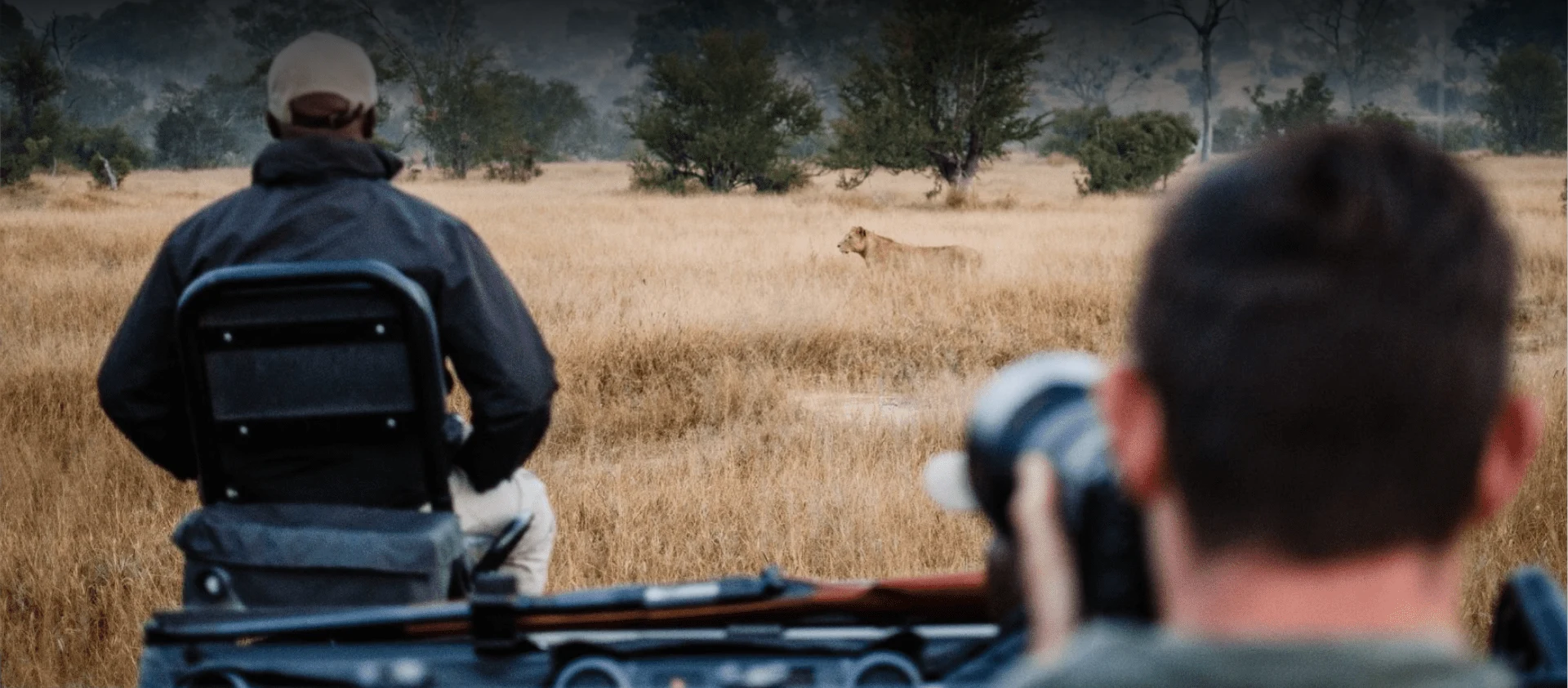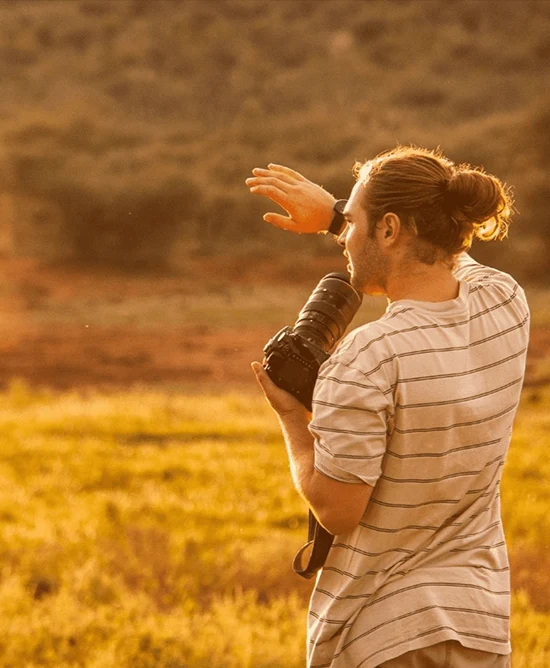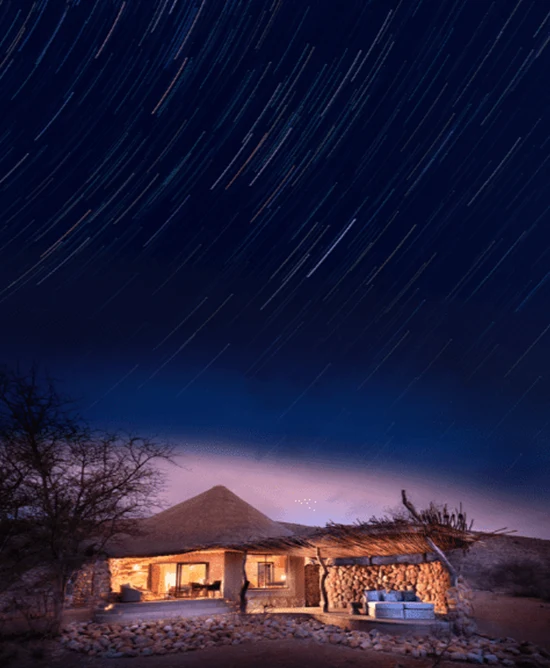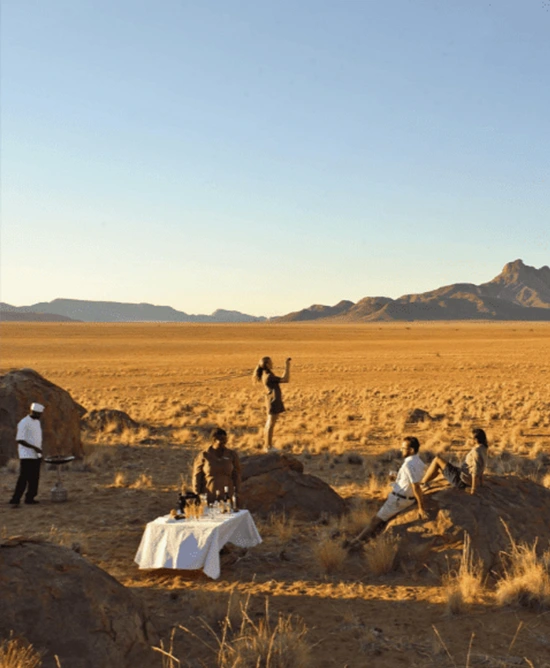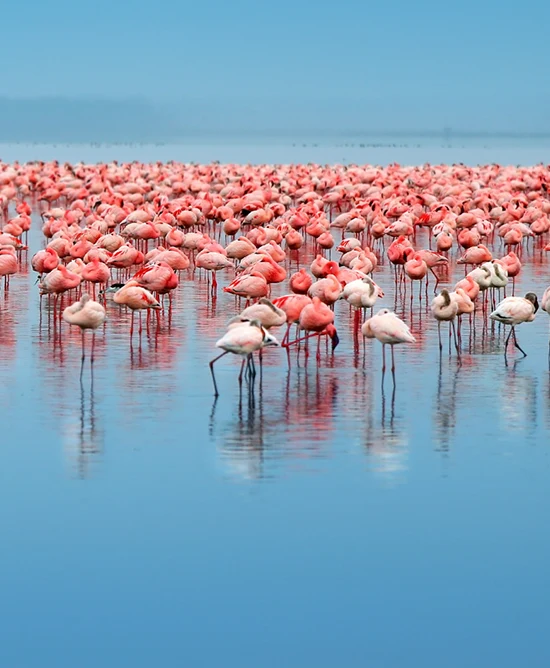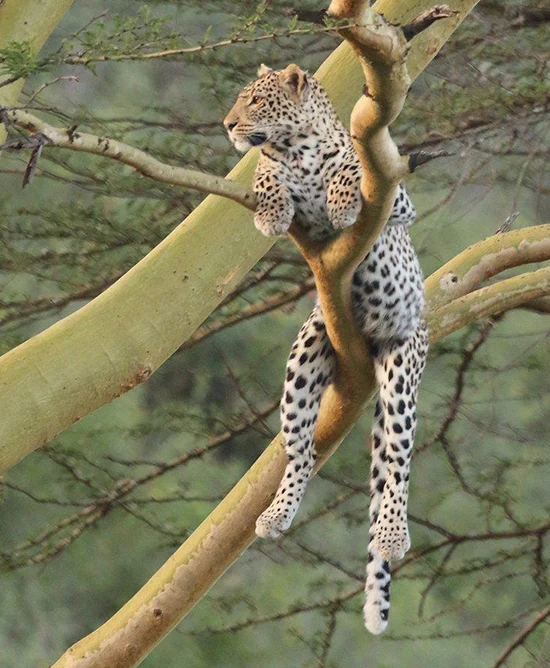Mastering the Art: Your Ultimate Guide to an Unforgettable Wildlife Photography Safari
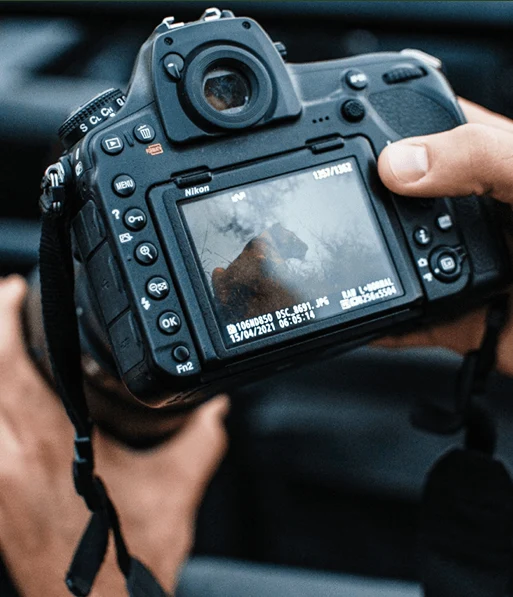
Embark on a Bespoke Wildlife Photography Safari in Africa, Designed by Enthusiasts for Enthusiasts, and Elevate Your Portfolio with Expert Guidance.
Africa – a continent that pulsates with raw energy, teeming with iconic species and landscapes that stir the photographer’s soul. For the dedicated wildlife photographer, an African safari is more than a trip; it’s a pilgrimage. It’s the ultimate field assignment. At Ranger Buck Safaris, we share your passion. We specialize in crafting immersive Wildlife Photography Safari experiences meticulously designed to help you capture those breathtaking, portfolio-worthy images. Whether you’re honing your fieldcraft, looking to build a stunning collection of images, or are a seasoned professional seeking unique encounters, our expert photographic guides and thoughtfully planned itineraries ensure an unparalleled journey into the wild heart of Africa.
This isn’t just about seeing wildlife; it’s about photographing it. It’s about understanding light, behaviour, composition, and being in the right place at the right moment. Our safaris are built around these principles, ensuring you return not just with memories, but with images that tell compelling stories.
I’m Ranger Buck, and like you, my journey into the wild has always been seen through a lens. Born and raised in South Africa, my earliest memories are intertwined with the bushveld – specifically, our family game farm on the Limpopo River bordering Zimbabwe. It was there, amidst the sights and sounds of wild Africa, and during countless visits to the Kruger National Park, that my passion for wildlife, and the drive to capture its essence, truly ignited.
While my early career took me into Civil Engineering, and adventure has led me to nearly 60 countries – summiting Kilimanjaro, competing in extreme endurance events – the call of the African wilderness, and the desire to frame its beauty, was a constant. The nickname “Buck” stuck from university days, and “Ranger Buck” emerged as I began leading friends and family on photographic explorations.
This deep-seated passion led to a career dedicated to sharing Africa’s wonders. My team and I don’t just organize trips; we craft Wildlife Photography Safari experiences. We understand the patience required, the importance of ethical engagement, and the thrill of nailing that perfect shot. We’re here to ensure your photographic ambitions in Africa are not just met, but exceeded.
The Ranger Buck Safaris Edge: Designed for the Discerning Wildlife Photographer
Our mission is to be Africa’s premier operator for personalized, high-quality Wildlife Photography Safari adventures. We believe a successful photographic expedition hinges on a blend of exceptional field opportunities, expert guidance, and seamless logistics, allowing you to focus entirely on your craft.
- Photographer-Centric Approach: Every Wildlife Photography Safari is built with the photographer in mind. This means understanding the “golden hours,” needing space for gear, positioning vehicles for optimal angles and light, and often, exercising immense patience for behavioural shots.
- Expert Photographic Guides: Many of our safaris feature specialist photographic guides – accomplished photographers themselves who offer invaluable in-field tuition, critique (if desired), and share deep insights into animal behaviour and fieldcraft. They speak your language.
- Sustainable and Ethical Practices: We are profoundly committed to responsible tourism. Your safari directly supports conservation initiatives and local communities. We partner exclusively with lodges and conservancies that share our dedication to preserving Africa’s natural heritage, ensuring ethical wildlife encounters. This commitment is fundamental, because great wildlife photography depends on thriving ecosystems and respecting our subjects. We strive to leave only footprints and take only photographs.
- Quality and Comfort as a Platform for Photography: While the photographic experience is paramount, we ensure your comfort and well-being are impeccably managed. Well-appointed accommodations, reliable vehicles, and smooth logistics mean you can conserve your energy for what truly matters: your photography.
This dedication to crafting exceptional photographic journeys is why discerning photographers choose Ranger Buck Safaris, and why we are recognized on platforms like SafariBookings.com.
Gearing Up: Essential Equipment for Your Wildlife Photography Safari
Your camera bag is your field toolkit. While the “best” gear is subjective and depends on your style, certain equipment is fundamental for a successful Wildlife Photography Safari in Africa.
Camera Bodies: Your Primary Tools
- Main Body: A DSLR or mirrorless camera with robust autofocus, good high ISO performance, and a decent frame rate is key. Consider sensor size (full-frame for low light and dynamic range, APS-C for extra reach) based on your needs.
- Backup Body: Highly recommended. Africa can be tough on gear. A second body also allows you to have two different lenses ready, minimizing dust-exposing lens swaps and ensuring you don’t miss fleeting moments.
Lenses: Your Creative Eyes on the Wild
- The Telephoto Workhorse: This is your most crucial lens. A zoom like a 100-400mm, 150-600mm, or 200-500mm offers versatility for various distances and framing. Prime telephotos (300mm f/2.8, 400mm f/2.8, 500mm f/4, 600mm f/4) offer superior sharpness and low-light performance but are heavier and less flexible. Consider teleconverters (1.4x or 2x) for added reach, but be mindful of aperture loss and potential AF slowdown.
- Mid-Range Zoom: A 70-200mm (f/2.8 for low light) is excellent for larger animals, environmental portraits, and capturing subjects within their habitat. A 24-70mm or 24-105mm is useful for camp shots, broader landscapes, and people.
- Wide-Angle Lens: Essential for capturing those sweeping African vistas, dramatic skies, and for astrophotography under Africa’s often pristine night skies (e.g., 14-24mm, 16-35mm).
Critical Accessories for the Field Photographer
- Memory Cards: Bring plenty – fast, high-capacity cards are a must for RAW files and burst shooting.
- Batteries: Pack spares (at least 2-3 per body) and chargers. A portable power bank can be a lifesaver.
- Support System:
- Beanbag: Absolutely essential for stabilizing long lenses on vehicle door frames or railings. Custom-fill your own or use those provided by some lodges/vehicles.
- Tripod/Monopod: A sturdy tripod is vital for landscapes, low-light, and astrophotography. A monopod can be useful for some situations, offering more mobility than a tripod.
- Cleaning Kit: Dust is inevitable. Pack lens cloths, a sensor brush/blower, and lens cleaning fluid.
- Camera Bag: A durable, padded bag that protects against dust and bumps, and offers easy access. Backpack styles are popular for carrying comfort.
- Rain/Dust Covers: Essential for protecting your gear from the elements.
- Laptop & Portable Hard Drives: For daily image review, editing (if you wish), and crucial backups. At least two backup drives are recommended.
Our team can offer more specific gear advice based on your chosen itinerary and photographic goals.
Planning Your Ultimate Wildlife Photography Safari: Key Considerations
Embarking on a Wildlife Photography Safari is a thrilling prospect. Addressing these common questions will help you plan effectively.
Where is the Best Place in Africa for Wildlife Photography? Which African Country Has the Best Photography Safari?
This is the million-dollar question for any enthusiast! The “best” place truly depends on what you want to photograph, the kind of experience you seek, and your preferred photographic style. Africa is vast, and each region offers unique photographic bounty.
- Tanzania: The Serengeti’s endless plains and the Ngorongoro Crater are iconic for a reason. It’s arguably one of the best places to take wildlife photography in Africa, especially during the Great Migration (wildebeest calving in Jan-Mar, river crossings Jul-Oct). Its sheer scale and density of predators offer unparalleled drama.
- Kenya: The Masai Mara shares the Great Migration spectacle and is legendary for its big cat populations, especially cheetahs and lions. The Mara offers those classic East African savanna backdrops and incredible light. For many, Kenya is a strong contender for the best African country for safaris focused on iconic wildlife moments.
- South Africa: Incredibly diverse. Kruger National Park and its adjacent private reserves (like Sabi Sand, famous for leopard photography) offer exceptional Big Five viewing and well-developed infrastructure for photographers. Many areas are also malaria-free. Is Tanzania or South Africa better for safari? South Africa often provides easier logistics, greater variety in a single trip, and very habituated wildlife in private reserves, making for close encounters. Tanzania excels in vast wilderness experiences and the spectacle of the migration.
- Botswana: The Okavango Delta offers a unique water-based Wildlife Photography Safari with opportunities for low-angle shots from mokoros (dugout canoes) or boats. Chobe National Park is famed for its enormous elephant herds. Is Botswana or South Africa better for safari? Botswana emphasizes exclusivity and pristine wilderness, often at a higher price point, with unique water-based photography. South Africa offers broader diversity and accessibility.
- Namibia: For a completely different photographic challenge and aesthetic, Namibia’s desert landscapes (Sossusvlei, Deadvlei), unique desert-adapted wildlife (elephants, rhinos), and incredible night skies are a photographer’s dream.
- Zambia & Zimbabwe: Both offer superb walking safaris for incredibly immersive and intimate photographic encounters (South Luangwa in Zambia, Mana Pools in Zimbabwe are legendary).
Which country in Africa is best for seeing wildlife? For sheer density and diversity, East African countries like Kenya and Tanzania are often top-cited, along with Southern African strongholds like Botswana and South Africa. Your Ranger Buck specialist can help pinpoint the ideal “canvas” for your photographic vision.
Where should I go for my first safari in Africa? South Africa (Kruger area) or Kenya (Masai Mara) are often recommended for first-timers due to excellent wildlife viewing, good infrastructure, and experienced guides who understand photographer’s needs.
What are the Big 5 African Safaris? The “Big Five” – Lion, Leopard, African Elephant, Rhinoceros (black and white), and Cape Buffalo – were historically the most dangerous animals to hunt on foot. Today, for a Wildlife Photography Safari, capturing compelling images of these magnificent creatures is a thrilling objective and a highlight for many.
Understanding the Investment: What to Expect for Your Safari
A dedicated Wildlife Photography Safari is an investment in unique experiences and exceptional photographic opportunities.
- How much money do you need for an African safari? What is the average cost of an African safari trip? How much does an average 10 day Kenya safari cost? How much does a luxury African safari cost? Costs vary significantly based on destination, duration, level of accommodation, exclusivity (private guides/vehicles), park fees, and time of year. A 10-day high-quality photo-focused safari in Kenya, for example, could range from several thousand to tens of thousands of US dollars per person, depending on these factors. “Luxury” can mean different things, from well-appointed lodges to ultra-exclusive camps with private chefs and guides. We focus on providing the best platform for photography, which inherently involves quality and often, exclusivity.
- Why are safaris so expensive? Several factors contribute:
- Conservation Fees: Essential for protecting the wildlife and habitats.
- Logistics: Operating in remote areas involves significant costs for supplies, staff, and maintenance.
- Exclusivity & Quality Guiding: Smaller groups, specialized photographic guides, and access to private conservancies enhance the photographic experience but come at a premium.
- Standard of Accommodation & Service: Ensuring comfort and seamless service allows you to focus on photography.
- How much does it cost to go to Africa from the US? What month is the cheapest to fly to Africa? International flight costs from the US to Africa vary hugely based on your departure city, arrival airport, airline, booking class, how far in advance you book, and the season. Generally, shoulder seasons (between peak and off-peak) might offer better flight deals. Months like January-March or October-November (outside major holidays) could potentially be cheaper for flights to some parts of Africa, but this may or may not align with optimal safari seasons for photography. Booking well in advance and being flexible with dates/routes can help.
When is the Best Time for Your Wildlife Photography Safari?
- What is the best month to go on an African safari? This is highly dependent on the region and your photographic targets:
- Dry Season (Generally May-October for Southern & East Africa): Thinner vegetation means easier spotting. Animals congregate around water sources, offering more predictable encounters. Skies are often clear, providing good light, especially during golden hours. This is peak season for many areas.
- Wet/Green Season (Generally Nov-April): Landscapes are vibrant and lush, offering beautiful backdrops. It’s birthing season for many animals, leading to opportunities for young wildlife and predator action. Migratory birds are abundant. Fewer crowds and often softer light. However, rain can disrupt activities, and thicker vegetation can make spotting challenging. Your Ranger Buck specialist will advise on the prime photographic seasons for your chosen destinations and subjects.
How Many Days for an Effective Wildlife Photography Safari? For a productive Wildlife Photography Safari, aim for at least 7-10 days in a specific region. This allows you to adapt to the local conditions, learn animal patterns, and dedicate enough time to different subjects and lighting situations. For in-depth coverage or multiple locations, 14-21 days is more appropriate. Photography is often about patience, and a longer trip affords you more of it.
The Craft & Business of Wildlife Photography: Insights for Enthusiasts
Many passionate wildlife photographers dream of taking their craft further.
- Who is the best wildlife photographer in Africa? Who is No 1 wildlife photographer? There’s no single “No. 1” – wildlife photography is an art, and appreciation is subjective. Africa is home to, and visited by, countless incredibly talented photographers whose work inspires millions. Greatness in this field is often defined by a unique vision, technical mastery, profound understanding of wildlife, dedication to ethical practices, and the ability to tell compelling stories through images. The “best” photographers are often those who consistently produce impactful work that resonates emotionally and raises awareness for conservation. On our specialized photographic safaris, you’ll often be guided by highly accomplished photographers who are experts in their region.
- Is there money in wildlife photography? Do wildlife photographers make a lot of money? Is there a market for wildlife photography? The path to earning a significant income solely from wildlife photography is challenging and highly competitive. While some top professionals do very well, many pursue it for passion first. There is a market, but it’s multifaceted:
- Stock Photography: Licensing images through agencies. Rates can be low, requiring high volume and quality.
- Fine Art Prints: Selling prints to collectors, interior designers, or the public. Requires strong marketing and a unique artistic style.
- Editorial/Commercial Assignments: Working for magazines, brands, or conservation organizations. These are competitive.
- Workshops & Tours: Leading photographic tours (like the ones we facilitate with specialist guides).
- Books & Publications: Creating and selling photo books.
- Content Creation/Social Media: Building a brand and monetizing through sponsorships, collaborations, or selling digital products.
- Which photography is best for earning money? Which photography makes the most money? Historically, commercial photography (advertising, product, fashion) and portraiture (weddings, corporate) have often been more lucrative than wildlife photography for the average practitioner due to higher demand and direct client work. However, success in any genre depends on skill, business acumen, and market conditions.
- Is wildlife photography hard to get into? Yes, it can be. It requires significant investment in gear, travel, and time. It demands patience, dedication, fieldcraft, technical skill, and an artistic eye. Building a strong portfolio and network is crucial. However, with passion and persistence, it’s a deeply rewarding field to engage with, whether professionally or as a serious enthusiast.
- How do I sell my wildlife photos? Start by building an outstanding portfolio. Identify your niche or unique style. Research markets: online galleries, stock agencies (Alamy, Getty Images, etc.), print-on-demand services, local art shows, direct sales via your website/social media. Networking and marketing are key. Understand licensing and copyright.
A Wildlife Photography Safari with us can be a significant step in building that compelling portfolio and honing the skills that could open doors in this passionate field.
Field Ethics & Safety: The Responsible Wildlife Photographer’s Code
Your conduct in the field directly impacts wildlife and the environment. As photographers, we have a special responsibility.
- Welfare of the Subject First: This is paramount. Never harass wildlife, alter behaviour, or put an animal under stress for a photograph. Maintain a respectful distance. Your guide is crucial in interpreting animal behaviour and ensuring ethical proximity.
- No Baiting or Calling: Artificial manipulation is unethical.
- Patience, Not Pressure: The best images come from natural, undisturbed behaviour.
- Use of Flash: Generally avoid, especially with nocturnal animals or at close range. If fill-flash is considered, discuss with your guide and use with extreme caution.
- Respect Your Guide & Fellow Photographers: Listen to your guide’s expertise. Be considerate in shared vehicles – ensure everyone has opportunities. Keep voices low.
- Environmental Respect: Leave no trace. No littering. Stay on designated tracks in National Parks unless in a private conservancy with specific off-road permissions.
- Safety First: Always listen to your guide. Remain in the vehicle unless explicitly permitted. Keep limbs and lenses inside. Be aware in unfenced camps, especially at night (use escorts). Stay hydrated and protect yourself from the sun. Consult your doctor for health advice pre-trip.
The Ranger Buck Wildlife Photography Safari Experience: Crafted for Impact
Choosing Ranger Buck Safaris means opting for an experience built around your photographic success:
- Guides Who Understand Photography: Our guides, especially our specialist photographic guides, know what you need – the light, the angles, the anticipation of behaviour.
- Optimized Vehicles: Often adapted for stability, clear views, and flexibility (e.g., open tops, beanbag support).
- Itineraries Paced for Photography: We don’t rush. We allow time at sightings and focus on optimal light.
- Small Groups: Ensuring personalized attention and space for gear.
- Quality Lodges: Comfortable bases that understand photographers’ needs (early starts, battery charging, etc.).
A Photographer’s Endorsement: “My first time doing a photographic safari with Ranger Buck Safaris – it was very well organised – communication always spot on and the three nights stay guided by a professional photographer was excellent and highly recommended.”
Frame Your African Dream: Let’s Plan Your Wildlife Photography Safari
A Wildlife Photography Safari in Africa is an investment in your passion, your portfolio, and in memories that will last a lifetime. It’s a chance to connect deeply with the natural world and translate those encounters into powerful, evocative images.
Africa’s untamed beauty awaits your lens. Contact Ranger Buck Safaris today. Let’s discuss your photographic vision and begin crafting your bespoke Wildlife Photography Safari – an expedition designed to help you capture the wild like never before.


+27 83 653 5776
+27 83 653 5776 (WhatsApp)
info@rangerbucksafaris.com
16 Lourie Close, Meyersdal Eco Estate,
Alberton, Gauteng
16 Lourie Close, Meyersdal Eco Estate, Alberton, Gauteng
Website by Keeden Marketing | 2024
